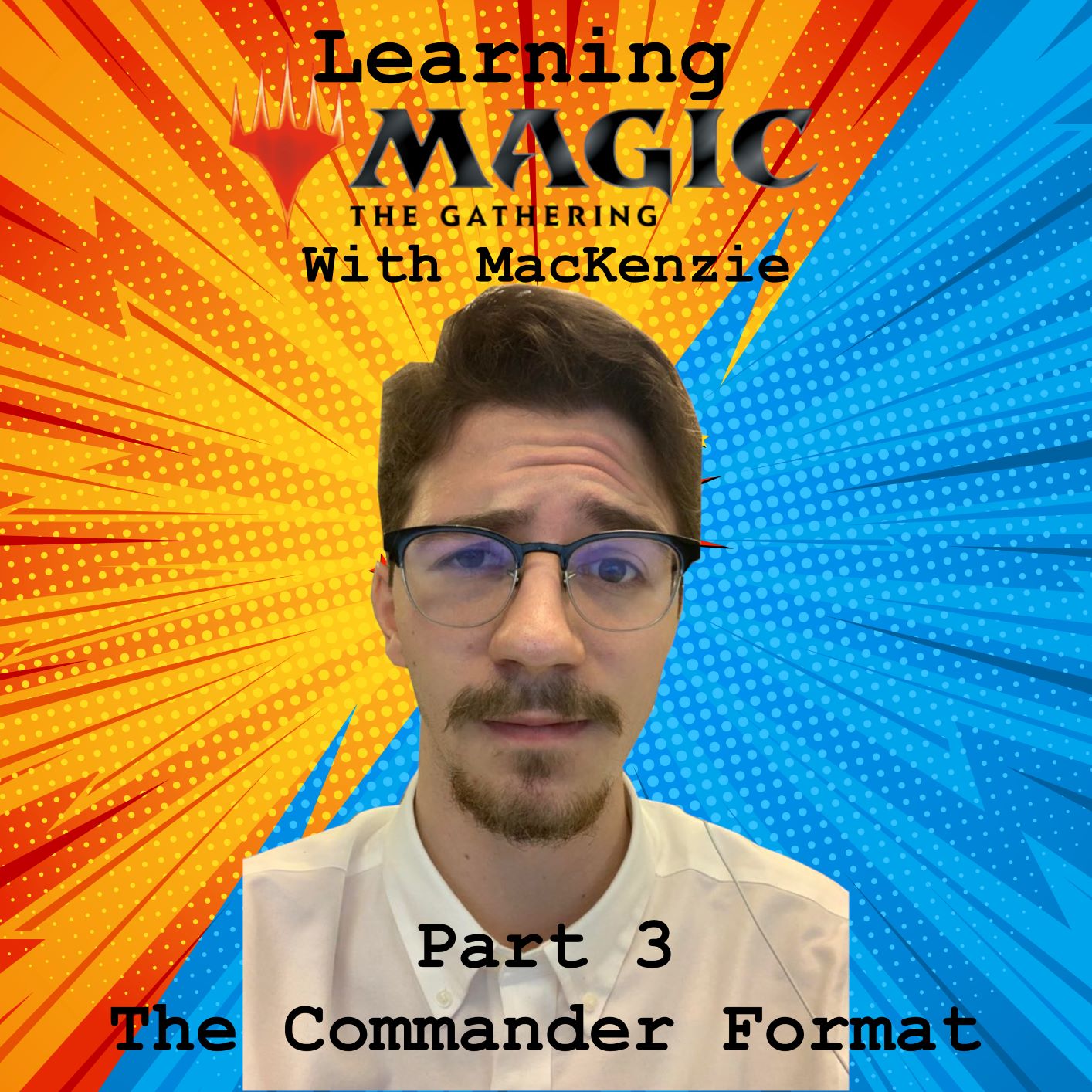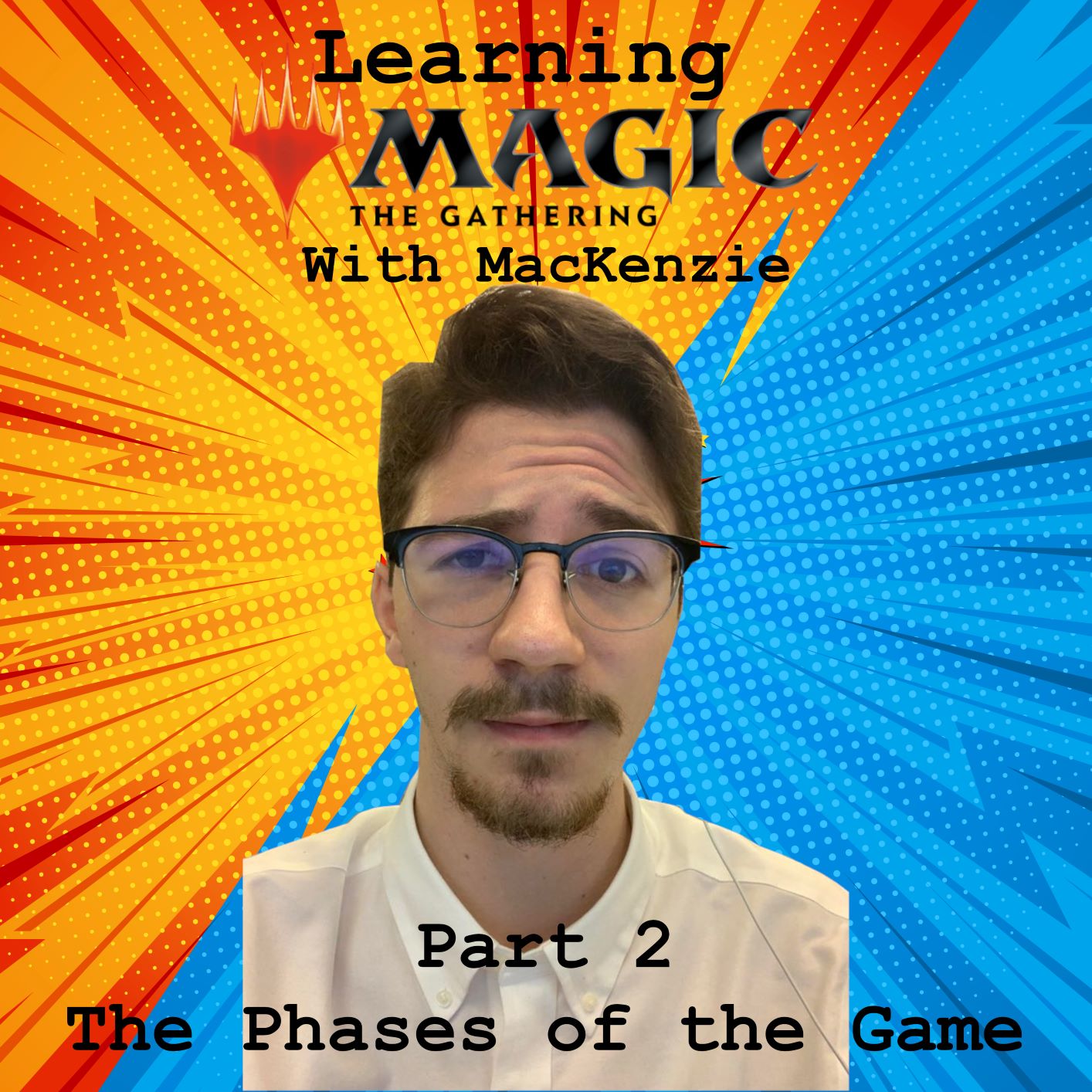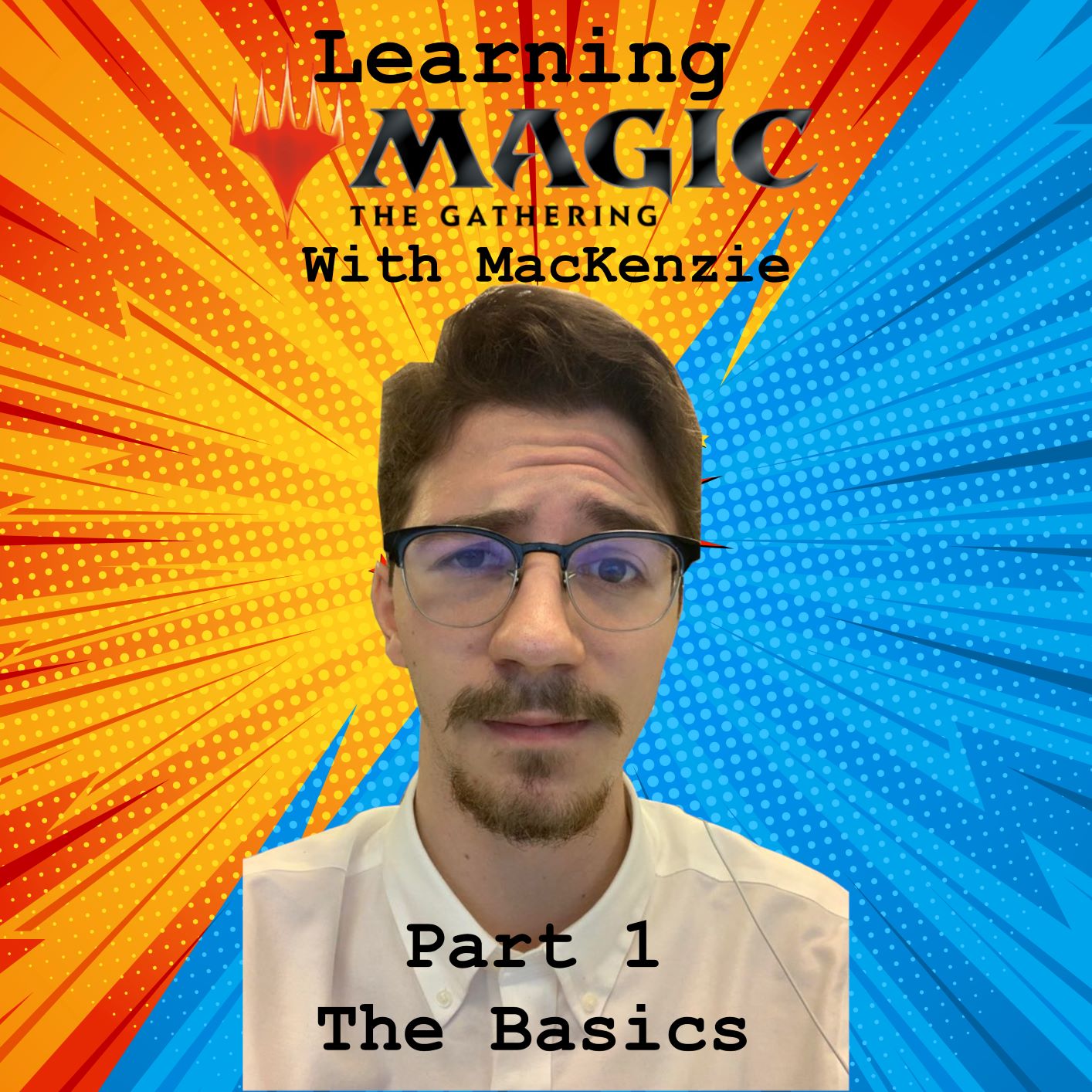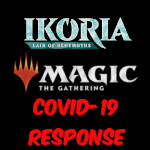
Hello Everyone! MacKenzie back again to help you learn the wonderful game of Magic!
The last time we talked I worked my way through the phases in the game and how to go through turn in general. Now I want to get you started on learning one of Magic’s most-played formats; Commander. This is a format to build wacky decks focused around synergy, powerful mechanics, or just a group of cards you like to play with.
Commander has been around for a long time, it started at Magic conventions with a group of friends who wanted to play something in-between judging/playing in different rounds. The idea was to play a game based around the Elder Dragons.
”Nicol Bolas, an Elder Dragon.”
Don’t worry if you have no idea what those are, they are a very old set of cards from 1994 from a set called Legends. This was the first set with legendary creatures populating a large majority of the packs, ever since the legendary sub-type has been adapted to a number of different things, but creatures remain the main source throughout Magics history. Commander players take advantage of this and use these legendary creatures to “command” their decks; meaning, the deck is generally built around the legendary creature and taking advantage of its abilities.
Commander was originally known as Elder Dragon Highlander (EDH); Elder Dragon for the main commander used (back then mostly for their color identities) and Highlander for the singular nature of the format. You heard that right, this format, you can only use 1 of any card in your deck other than basic lands. Providing a unique game experience that is much different from that of other formats, commander allows you to build around synergy and groups of cards you enjoy to create the smooth-running machine that is a Magic deck and this usually allows for longer gameplay wich is popular with casual magic players.
The rules in Commander are a bit more complicated than that of a “Normal” game of Magic. It starts with picking your Commander (some people would call it their General) as well as possibly picking a few Lieutenants to include in the deck. These are all legendary creatures that share the same color identity. Most cards in Magic have a color identity, a defining characteristic in their mana cost or otherwise that designates them to a single or group of colors within the game. Having this is what allows you to choose your General and Lieutenants for your commander deck, but also determines what cards are legal to play within said deck. I will begin with a simple commander from a recent set;

This is a mono-black commander, meaning that you can only have spells that have black in their color identity or are colorless. Vito has the black mana cost, which determines him being a mono-black commander, as well as his activated ability using only black mana symbols.
Vito is a good example, as he has both black mana symbols in his casting cost and his activated ability; since his activated ability did not have to be exclusively black. There are a number of cards that seem like they would be a mono colored general on the surface, but have an activated ability that requires one or more colors to activate, thus changing their color identity for this game mode. Here are two examples of creatures that have this occur;

Can you see why these cards have multiple-colors in their identities? No? Well, you aren’t alone, both of these creatures are actually commanders for 3 or more colors. Najeela is a 5 color commander due to her activated ability using all 5 colors, which means you can play any cards you want in a deck with her at the helm!

Samut looks like it would be a two-color commander on the surface, but is actually 3 due to her activated ability using a white mana symbol. This allows green red, and white cards to be played in a deck with her as the general.
As you can see, the choice of general is very important to what the rest of your deck wants to be doing, in the same way the choice of lieutenants can mean a great deal. A deck does not need lieutenants, but they can be very useful. They can replace your commander as an alternate way to play the deck, which gives the deck longevity it may not have if you play it a great deal. Lieutenants share the same color identity as your commander, and so can be switched out before the game starts, if you want to give a specific general a break.
One of the other strange things about the commander format is cards that your commanders attacking power can matter. I know that sounds strange, but it is another quirk that has stayed with the game over the years since its beginning. The idea is that dealing 21 commander damage to any single opponent will take them out of the game; mitigating any life gain an opponent may have.
“21 Damage? Why that amount?” You may want to ask, well this is due to the original Elder Dragons we talked about earlier, each of them had 7 Power, which made it so that three hits with your Elder Dragon of choice would kill your opponents no matter the game state at that time. This extra damage you have to worry about adds a level of complexity to the game and allows different strategies to form around it to try and kill opponents with large powered commanders.
A few more rules that should be kept in mind when thinking about Commander are that 40 health is the starting amount when playing with 3 or more players, and 30 life when playing the format 1 on 1. Besides this cards that have a hybrid mana cost can only be played in decks with both of the given colors. An example of this from the most recent set would be;
“Kaheera, the Orphanguard”
As you can tell commander is a very complicated format, but is a ton of fun to play once you actually get to building. An easy way to get started on making your own commander deck is to choose something you enjoy in Magic and build around it. Find a commander that suits your purposes and use it to get to where you want to go.

To get my Fiance into magic, I built her a Cat commander deck around Arahbo, Roar of the World. He is a commander made to perfectly helm a cat commander deck. And if you would like to see that deck, and other decks I have made, be sure to check back next time here at Geekadrome.com!
“Arahbo, Roar of the World”








